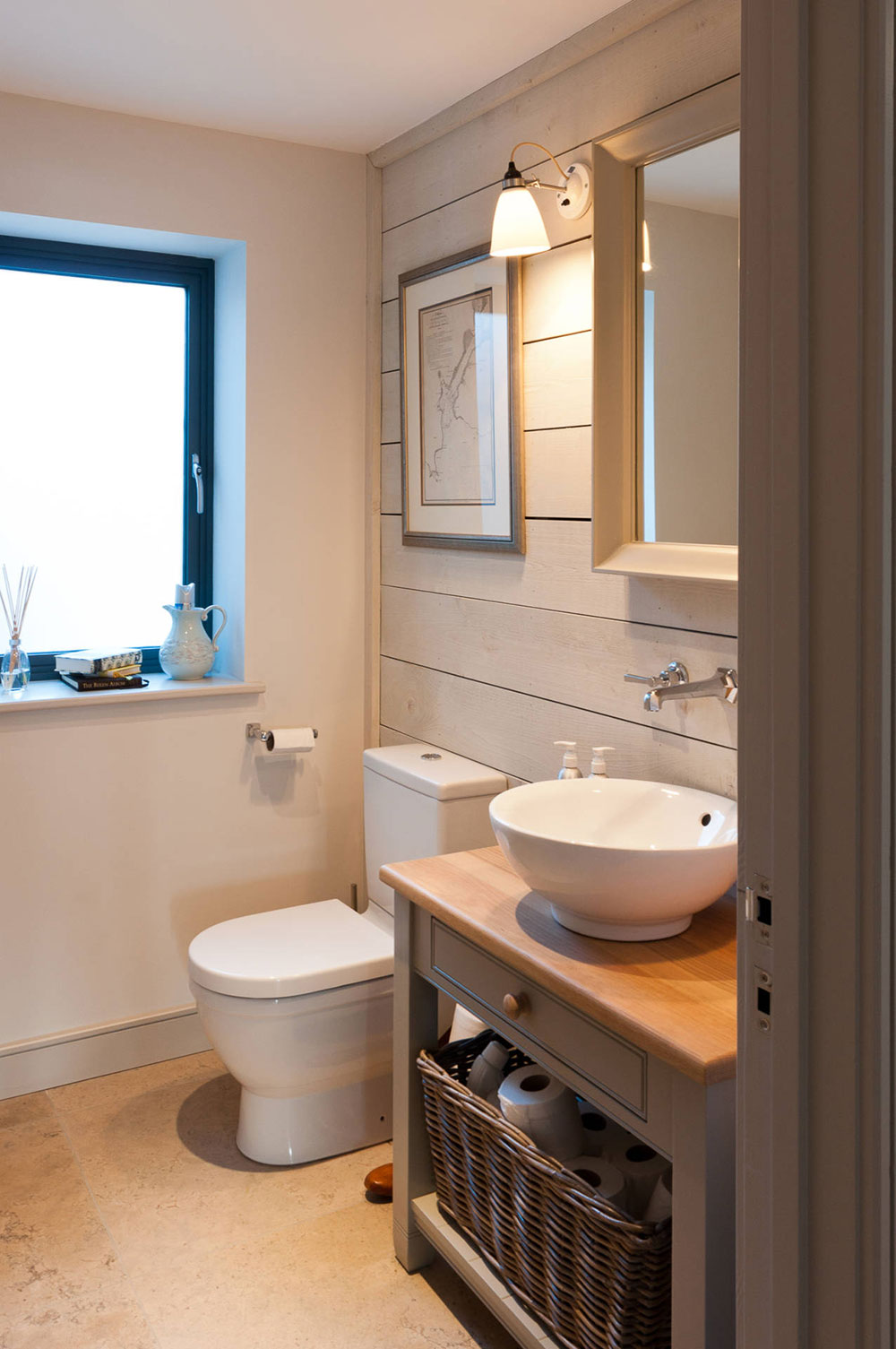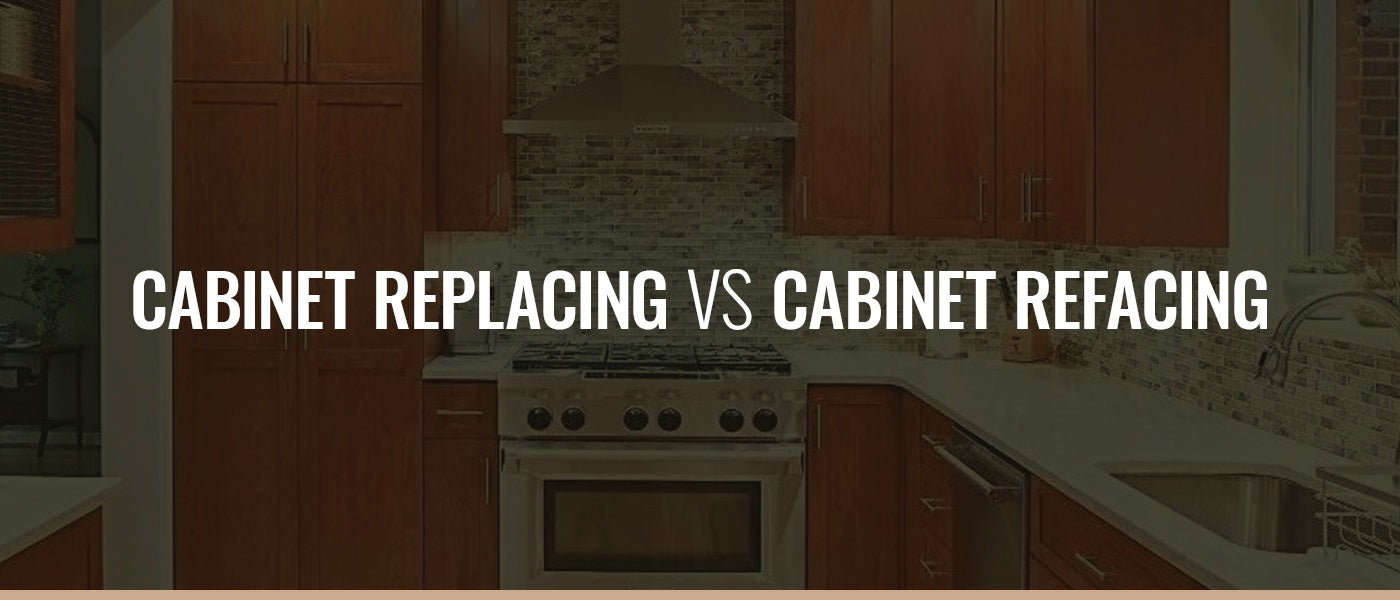
Home improvements can improve the appearance and value of your home. Your home's value can be increased by making the right renovations. Potential buyers seek a safe and secure place to call home. A house that has been neglected can be a red flag. These are some ways to save money on your home improvement projects. Install new flooring
Planters are a great investment. It is easy to transform an ordinary room into a stunning garden or lush green living space. Plants are an easy way to add color and life to your home. Planters are a great way to improve your home on a tight budget. You don't have to spend a lot of money to make them. Recycle old items to make beautiful planters for you home.

Planters are a great investment. A few planters are a great way to add greenery and color to your home's exterior. A simple yet elegant planter can brighten any space. Planters do not have to be costly or expensive. If you are looking to save some cash on this project you can make your own from old items.
Planters. A few natural plants can completely change the appearance of any living space. You can transform a room into something welcoming and fresh. A simple and affordable planter will make any room look good and you don’t need to spend a lot. And it's not necessary to buy expensive planters, you can even use some of your old ones! They don't necessarily have to be costly. You can use any type of container to house your plants, including old newspapers and reclaimed cardboard boxes.
In addition to planters, you can also use natural plants to enhance the look and feel of your home. Not only can this improve the feel and appearance of a room but it can also increase its value. The best home improvements can make your home look better and increase your property's worth. Get started and you will reap the rewards of a beautiful home! It's easy to get started. There are many ways to make your home more beautiful and still stay within your budget.

A great way to enhance any room is to add natural plants. They can be used to make your home brighter and more inviting. If you are on a tight budget, one of the best home improvements ideas is to add planters. Planters are affordable and add style and comfort to your house. It is best to start small projects if budget is tight. A few small but effective projects can greatly improve your home's aesthetics and appeal.
FAQ
What time does it take to finish a home remodel?
It depends on how large the project is, and how long you spend on it each day. On average, homeowners spend between three and six hours per week working on their project.
What should you consider when buying your next home?
Be sure to have enough money in reserve for closing costs before you purchase a new home. You may want to refinance your mortgage if there isn't enough cash.
Are permits required to renovate my home?
Yes, you will need permits before starting any home improvement project. In most cases you will need to have a building permit along with a plumber's permit. You might also require a zoning permission depending on which type of construction is being undertaken.
How important it is to be pre-approved for loans?
Pre-approval for a mortgage loan is essential. It will give you an estimate of the amount you will need. It will also help you determine if you are qualified for a specific loan program.
How can I prevent being scammed when renovating my house
You can avoid being ripped off by knowing exactly what you are getting. Before signing any contract, read through the fine print carefully. Do not sign unsigned contracts. Always request a copy of any signed contracts.
How do I select a competent contractor?
Ask your family and friends for recommendations when choosing a contractor. Look online reviews as well. Check to make sure the contractor has experience with the type of construction you are looking for. Request references and make sure to verify them.
Can you live in your house while it's being renovated?
Yes, you can live in your house while you renovate it.
You can live in a house that is being renovated while you are renovating it. The duration of the construction works will affect the answer. If the renovation process lasts less than 2 months, then yes, you can live in your home while it's under construction. If the renovation takes longer than two weeks, however, you can't live in your home during the construction.
Because of the possibility of falling objects, you shouldn't live in your home while a major construction project is underway. The heavy machinery and noise pollution at the job site can also cause dust and noise pollution.
This is particularly true if you live on a multi-story home. In this case, the sound and vibration created by the construction workers might cause severe damage to your property and its contents.
You'll also need to cope with the inconvenience of living in temporary housing while your house is being renovated. You won't have all the amenities of your home.
When your dryer and washing machine are in repair, for example, you won't have access to them. Additionally, the smell of paint fumes or other chemicals will be a constant annoyance as well as the banging sound made by workers.
All these things can lead to anxiety and stress in your family. You should plan ahead to avoid feeling overwhelmed by this situation.
It is important to research before you start renovating your house. This will help you avoid costly mistakes down the road.
Also, it is a good idea to get professional help from a reputable contractor in order for everything to go smoothly.
Statistics
- A final payment of, say, 5% to 10% will be due when the space is livable and usable (your contract probably will say "substantial completion"). (kiplinger.com)
- Rather, allot 10% to 15% for a contingency fund to pay for unexpected construction issues. (kiplinger.com)
- ‘The potential added value of a loft conversion, which could create an extra bedroom and ensuite, could be as much as 20 per cent and 15 per cent for a garage conversion.' (realhomes.com)
- According to the National Association of the Remodeling Industry's 2019 remodeling impact report , realtors estimate that homeowners can recover 59% of the cost of a complete kitchen renovation if they sell their home. (bhg.com)
- It is advisable, however, to have a contingency of 10–20 per cent to allow for the unexpected expenses that can arise when renovating older homes. (realhomes.com)
External Links
How To
How do I plan a whole house remodel?
It takes careful planning and research to plan a complete house remodel. Before you begin your project, there are many things to think about. The first thing you need to decide is what kind of home improvement you want to make. There are many categories that you could choose from: kitchen, bathroom or bedroom; living room or dining room. Once you know which category you would like to work on, you'll need to figure out how much money you have available to spend on your project. If you don't have experience with working on houses, it's best to budget at minimum $5,000 per room. You might be able get away with less if you have previous experience.
Once you've determined the amount of money you can spend, you need to decide how large a job you want. For example, if you only have enough money for a small kitchen remodel, you won't be able to add a new flooring surface, install a new countertop, or even paint the walls. On the other side, if your budget allows for a full renovation of your kitchen, you'll be able do just about any task.
Next, find a contractor that specializes in the project you are interested in. This will ensure you get quality results and save you a lot of hassle later. Once you have found a reliable contractor, it is time to start gathering supplies and materials. Depending on the project's size, you may have to buy all of the materials from scratch. There are many stores that offer pre-made products so it shouldn't be difficult to find what you need.
Once you've gathered the supplies needed, it's now time to start planning. The first step is to make a sketch of the places you intend to place furniture and appliances. Next, design the layout of your rooms. Be sure to leave enough room for electric outlets and plumbing. It is a good idea to place the most important areas nearest the front door. This will make it easier for visitors to access them. The final step in your design is to choose colors and finishes. In order to avoid spending too much money, stick to neutral tones and simple designs.
Now that your plan is complete, it's time you start building! Before you begin any construction, make sure to verify your local codes. While permits are required in some cities, homeowners can build without one in others. First, remove all walls and floors. Next, you'll lay down plywood sheets to protect your new flooring surfaces. You will then attach or nail pieces of wood together to make the cabinet frame. Lastly, you'll attach doors and windows to the frame.
After you're done, there are still a few things you need to do. Covering exposed pipes and wires is one example. You will need to use tape and plastic sheeting for this purpose. It's also a good idea to hang mirrors and photos. Keep your work area tidy and clean at all times.
You'll have a functional home that looks amazing and is cost-effective if you follow these steps. Now that you are familiar with how to plan a whole home remodel project, it is time to get started.